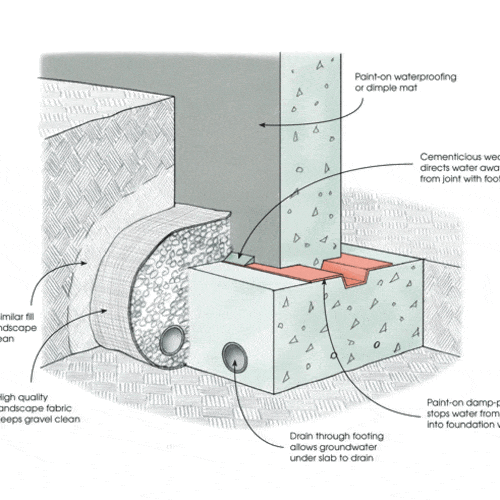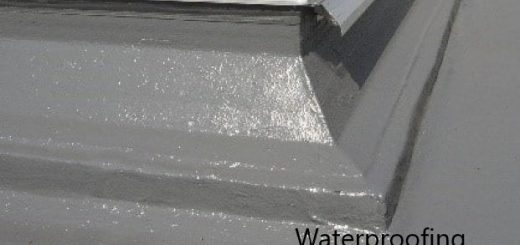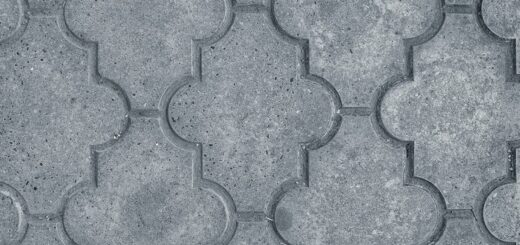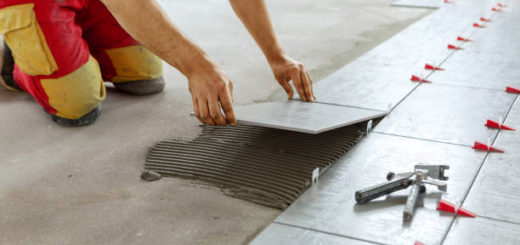Foundation Drainage – what why how
Foundation drainage is a type of system that is used to reduce the pressure applied to the foundation. This is also used to reduce the pour water pressure applied on the retaining walls.
Since this is a type of foundation drainage, it is sometimes called footing drain when used for footings.
Foundation drainage consists of a perforated drainage pipe, geotextile and singe graded metal placed around the pipe. The pipe is covered by the single graded metal and the metal has covered a geotextile.
Some of the important data on the drainage is as follows.
- Diameter of the pipe is in the range of 100 – 150mm generally. This may vary with the discharge. In addition, instead of placing a single pipe, there may be a few pipes placed at different elevations.
- Size of the metals could be 20mm or 40mm. The important factor is having singe size metals. If we use graded metal, cavities will be filled and the discharge will be reduced.
- Size of the rubble packing may start from 300x300mm. This may be increased as per the drainage arrangement and discharge.
- Apart from that we can use drainage concrete or no fine concrete to drain the water. As the drainage concrete has strength compared to the normal rubble packing, we can use drainage concrete even under the foundation without an issue.
Purpose of Foundation Drainage
- The main purpose of the footing drain is to reduce the pour water pressure under the foundation. When pour water pressures are reduced under the foundation, it improves the stability of the foundation.
- In addition, a reduction in the pour water pressure is used in the retaining walls. When pouring water pressure is reduced, water pressure on the retaining wall reduces. If the water pressure increases more than that anticipated, there could be retaining wall failures. The article forces acting on retaining walls could be read for further information on loads applied on retaining walls.
- Having good drainage reduces the dampness on the foundation and increases the durability of the structure.
- It is required to protect the foundation by applying to waterproof. If we have a good drainages system, the requirement for waterproofing is minimal.
Foundation drain or foundation drainage can be categorized under four main categories. This categorization is made based on the drainage arrangement or the function of the drainage.
- French Foundation Drainage
A perforated pipe is placed inside a gravel fill to drain the water.
- Footing Drain
It is the kind of drainage indicated in the above figure.
- Grading Drainage
A finished surface is maintained to drain the water through the surface.
- Sump Pit
The sump pit is kept to collect the water and pump it out. Especially in the areas where the water table is high and low groundwater penetration exists, collection of the water to the sump pit is done and then pumping will be done.
Advantages of Foundation Drainage Systems
- It reduces the water pooling effect
- Reduce the settlement of the structure
- Reduce the erosion
- Reduce the dampness of the structure.
- Proper drainage improves the durability of the structure
- Reduce the later pressure applied on retaining walls. As a result, section sizes reduce and the cost of construction will also be reduced.
Disadvantages of Foundation Drainage Systems
- Certain additional costs will be incurred
- If it is not properly constructed, it might not function well with time.
- There are maintenance difficulties.
- High skill is required for construction
Related Articles
- Early Thermal Cracking [calculate R/F requirements]
- Effect of Construction Practices on Cracking
- Cracking of Concrete [ basics, types and causes]
- Physical Reasons for Cracking
- Fundamental of Cracking of Immature Concrete
- Foundation Cracks types why they serious
- Cracks in Basement Wall [a detailed study]
- What is Spalling of Concrete – causes and repair
- 20 Factors Affecting Durability of Concrete
- Durability of Concrete [Requirements and Problems]
- Vibration of Concrete [methods and correct procedure]
- 6 Factors Affecting Curing Time of Concrete
- 11 Methods for Curing Concrete
- A Detailed Study on Concrete[from scratch]
- Types of Shrinkage in Concrete [detailed study]




